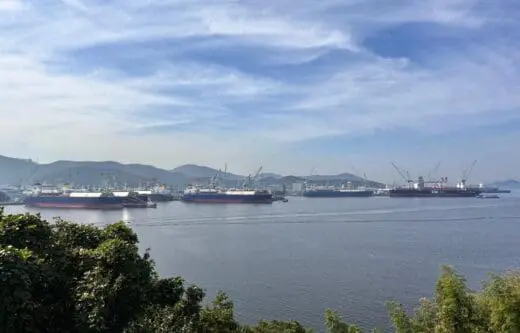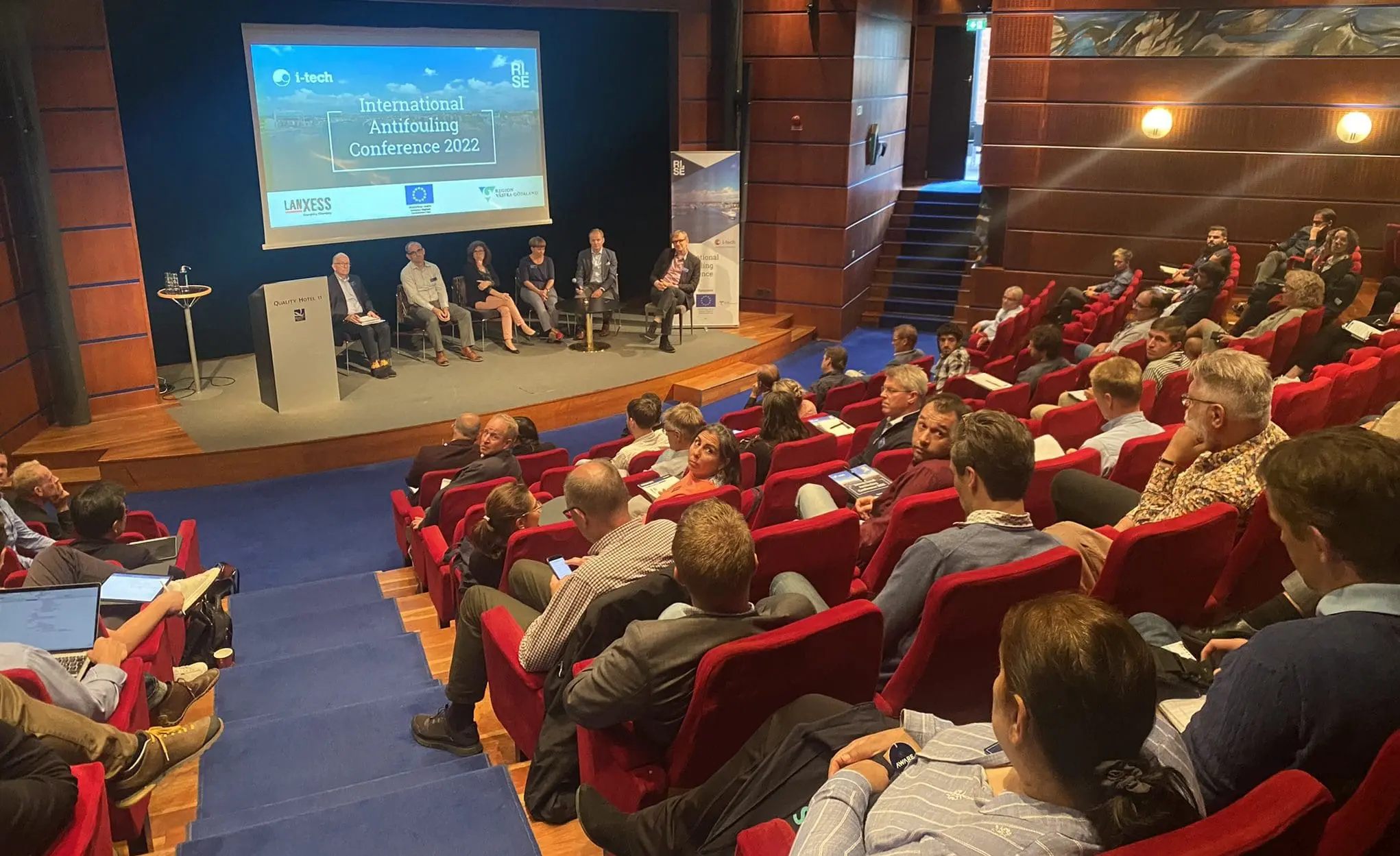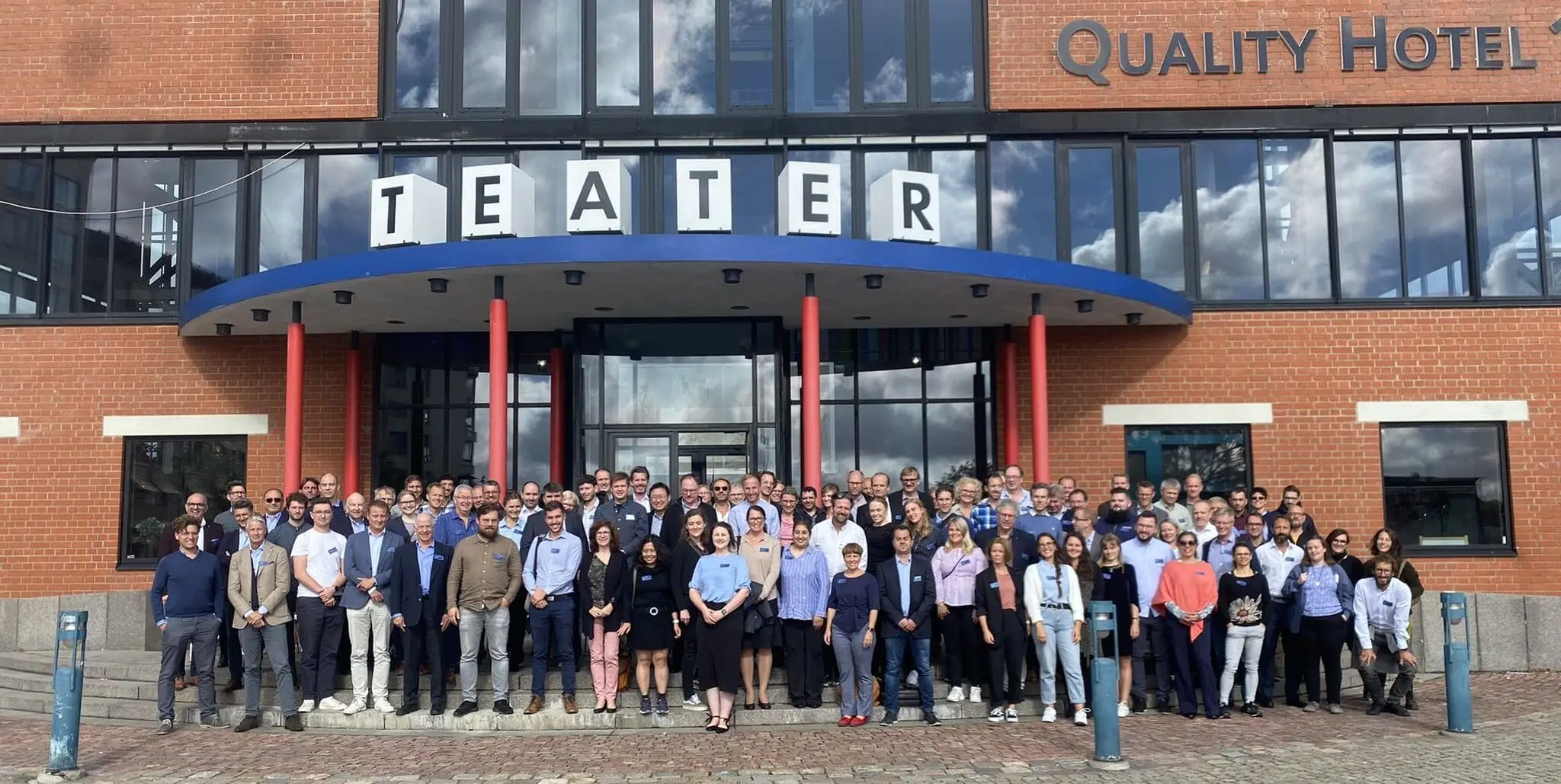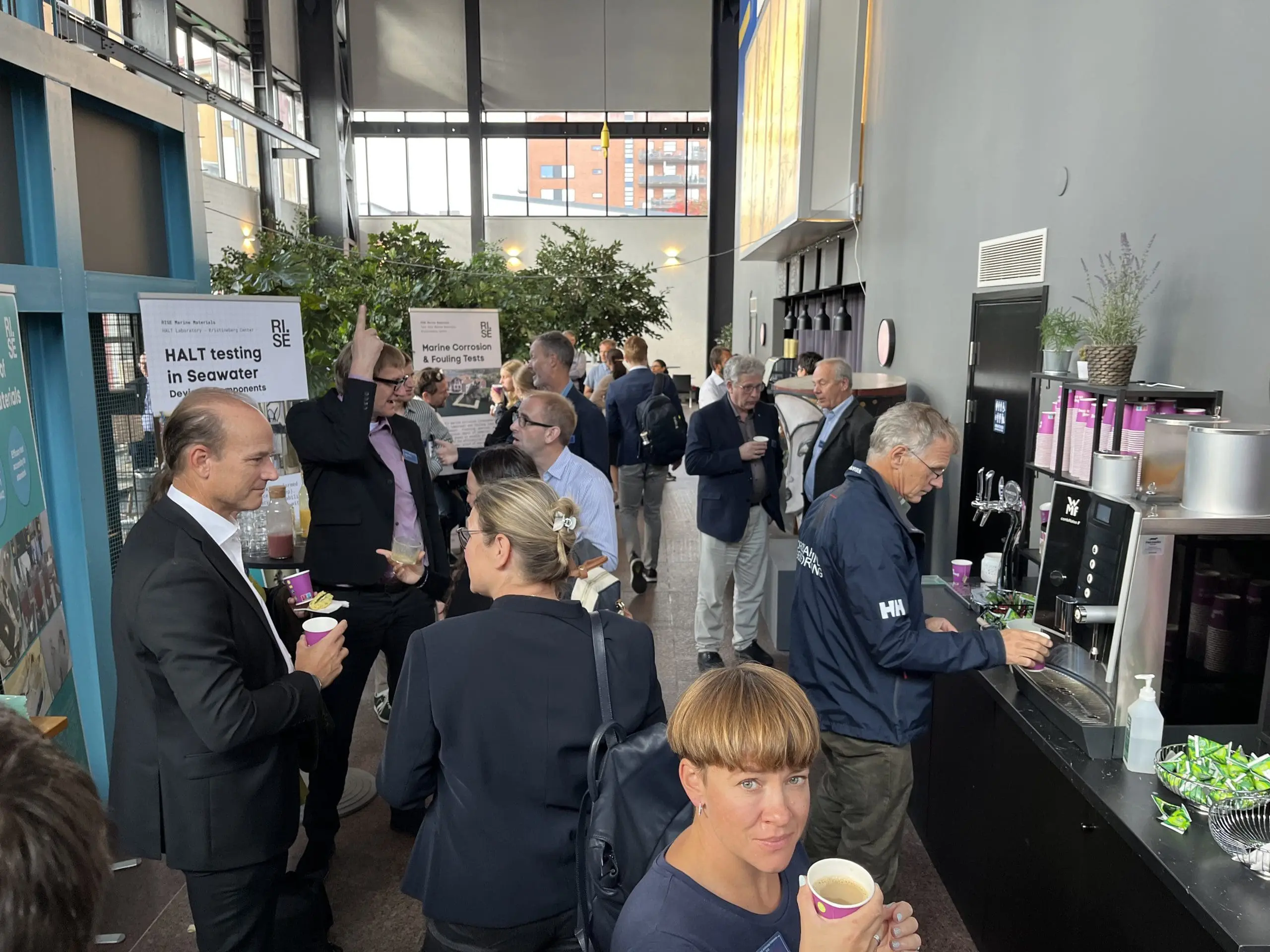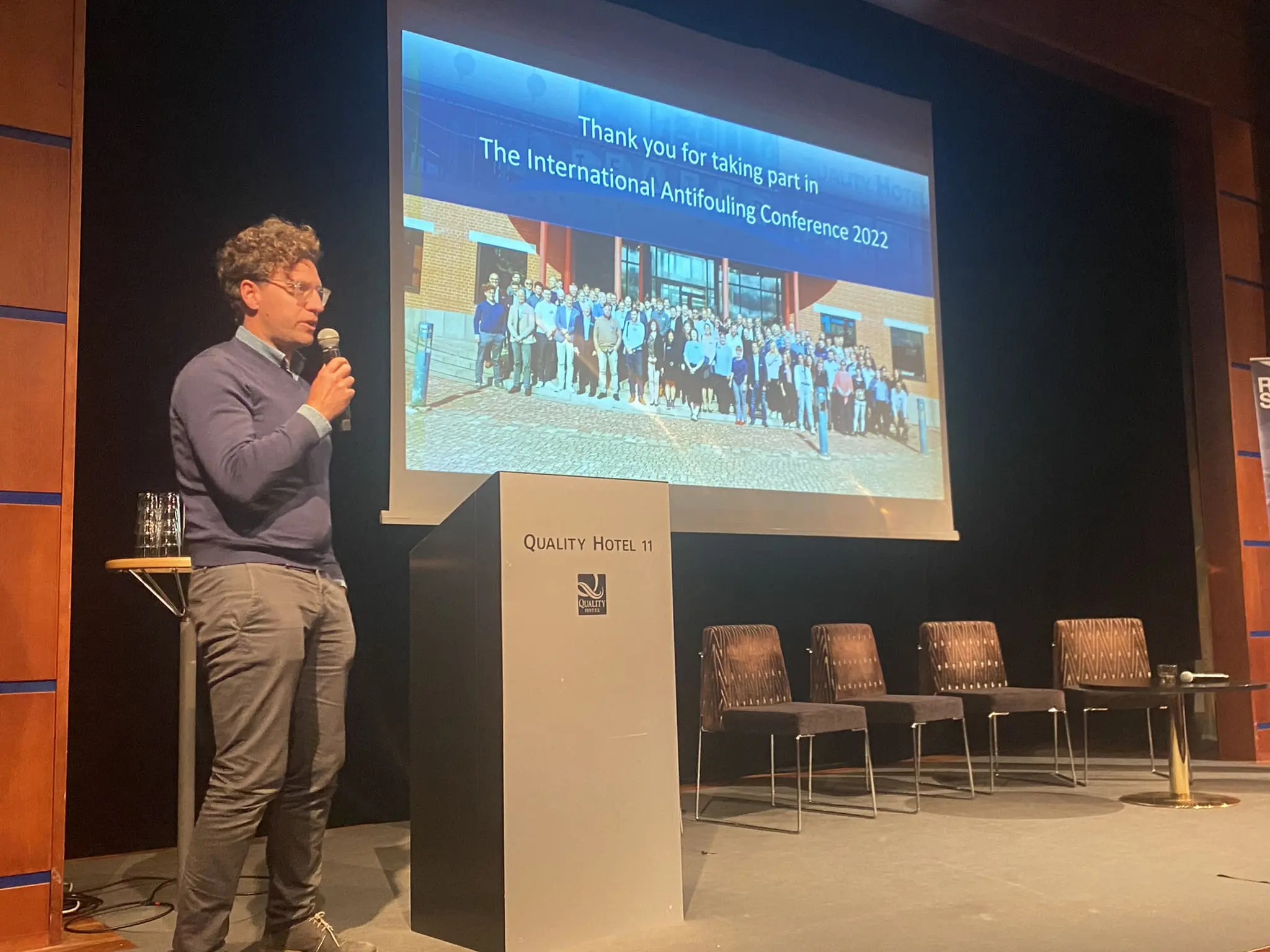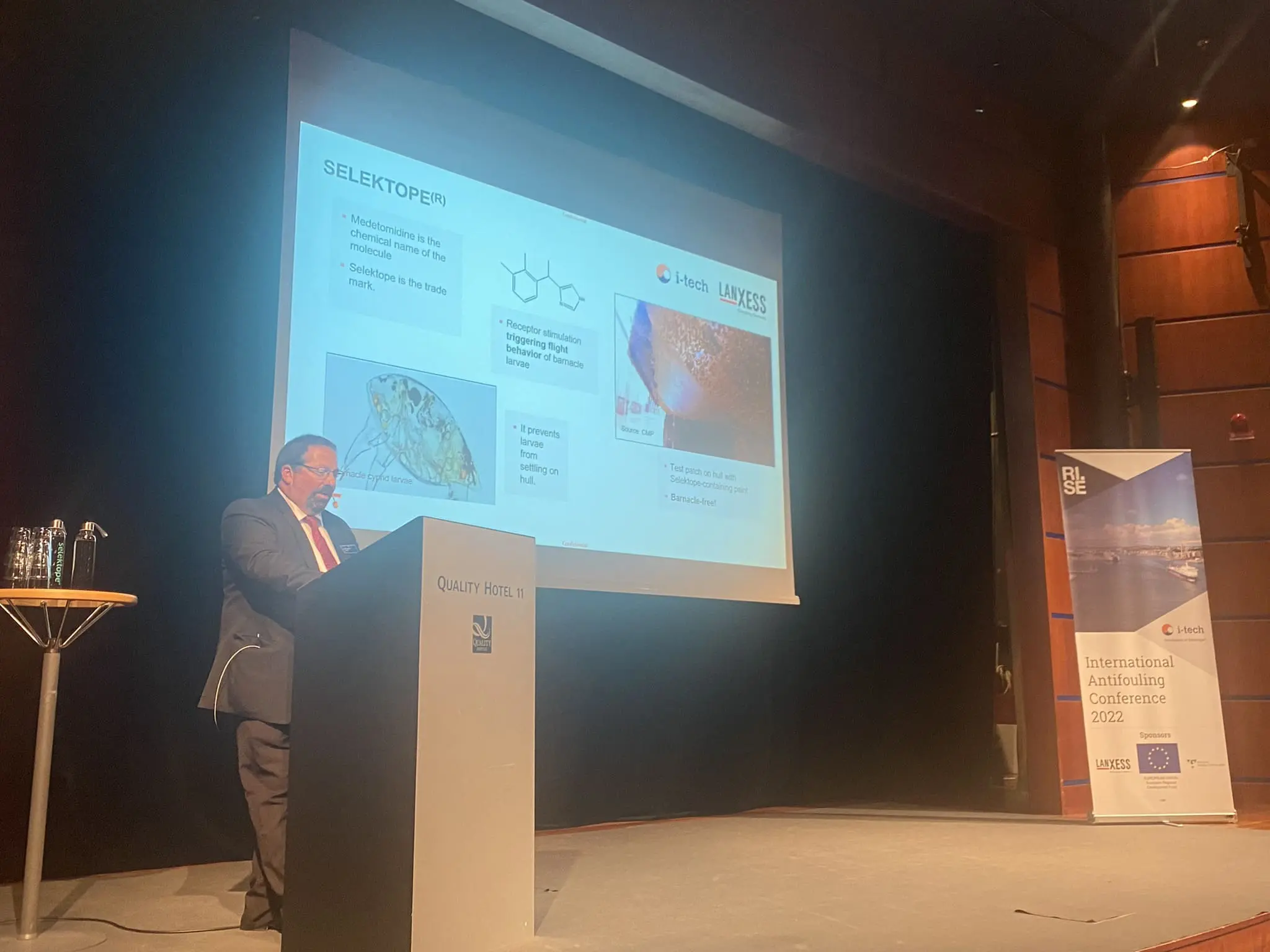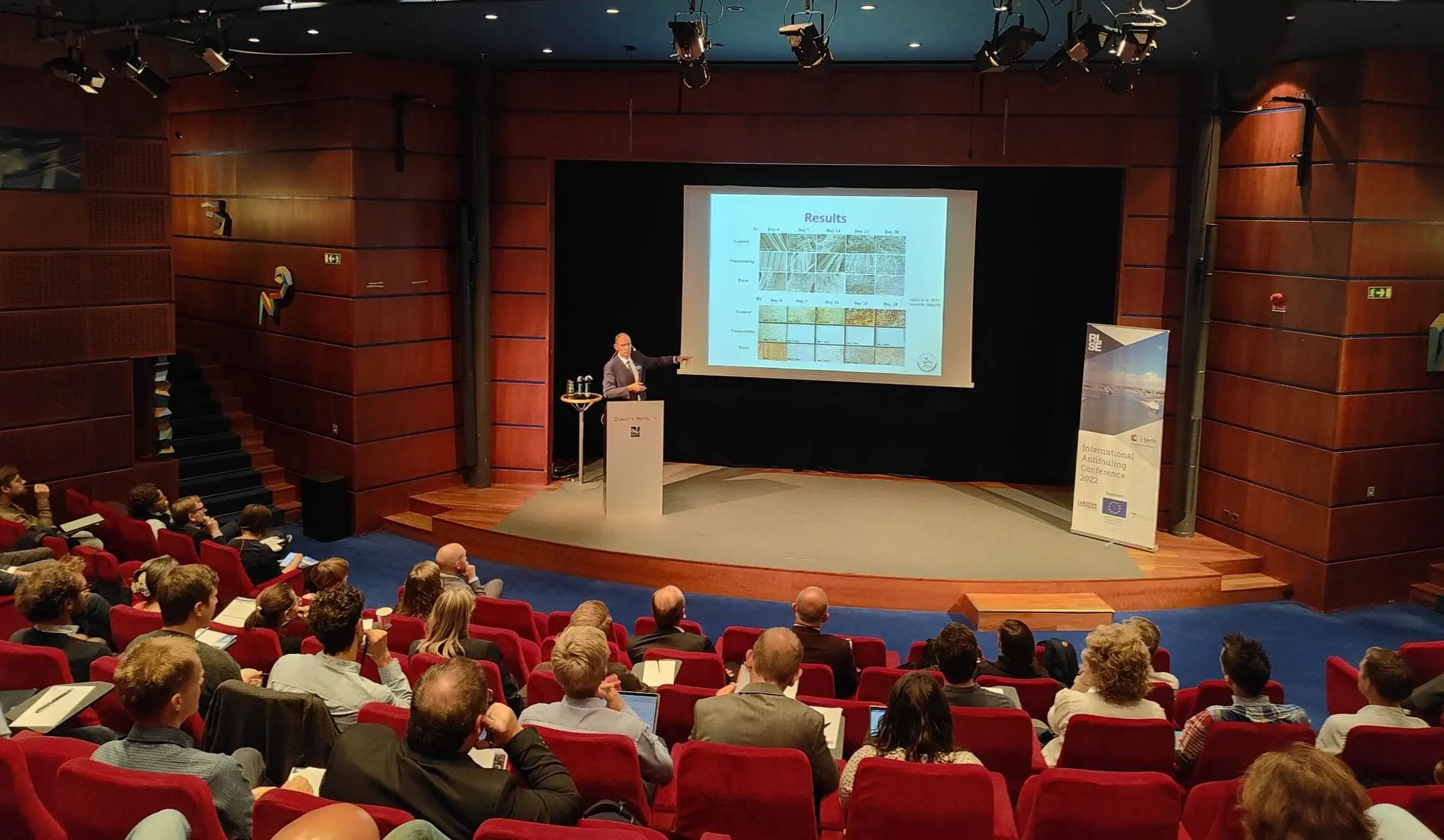Collaboration is key! …to combatting the growing biofouling issue in the maritime industry
Collaboration is key!
....to combatting the growing biofouling issue in the maritime industry.
It’s the middle of September and the who’s who in the world of antifouling coatings and biofouling prevention technology has gathered on the west coast of Sweden. It’s the first time that the majority of this group has gathered in one space, together in-person, for four years.
Usually, members of this technology sector gather at the bi-annual International Congress on Marine Corrosion and Fouling (ICMCF), the last edition of which was held in June 2018 in the USA’s sunshine state, Florida.
Anyone familiar with the ICMCF conference will know that it is one of the principal forums at which the antifouling coating R&D community meets. It acts as the essential platform for the meeting of minds every other year. It is within this forum that a hearty infusion of academia and industry share technological progressions, academic research, regulatory updates, and opinions.
The 20th edition, scheduled to take place in June 2020, was halted by the COVID-19 pandemic and rescheduled to June 2022. Fast forward to the end of 2021 and COVID-19 was still causing further restrictions in China. By November that year, the ICMCF organising committee had officially announced that the 20th edition wouldn’t take place until June 2024.
Since antifouling coatings play such a pivotal role in the decarbonisation efforts of the global shipping fleet, and with the risk profile of biofouling increasing, having an open platform to discuss the pros and cons of current technology and explore novel research and potential new solutions is vital at this moment in time.
This sparked an idea in the I-Tech office. The threat of having such a huge expanse of time between those working and studying in the field of antifouling and biofouling prevention meeting up got I-Tech thinking – there’s a gap that needs to be filled. This vital meeting of minds needs to happen sooner than in 2024.
That’s how the creation of the International Antifouling Conference was initiated. I-Tech partnered with RISE Research Institutes of Sweden, and we put our heads together. As the months in 2022 rolled by the conference agenda came together, a venue in the iconic Eriksberg shipyard area in Gothenburg was found, and the mechanics of conference production started to operate like a well-oiled machine.
After months of planning, the International Antifouling Conference 2022 was held on September 13-14. The conference was backed by the European Regional Development Fund (ERDF) and funding from the Västra Götaland Regionen (Sweden), with sponsorship from Lanxess.
Against a backdrop of rising oceanic and coastal water temperatures increasing biofouling risk putting antifouling coatings in a pivotal position, we all met to discuss the what's what in antifouling solutions and novel research efforts that seek to widen the antifouling toolbox. The wider marine industry, including antifouling solution developers for the aquaculture industry and end users from the marine tidal and wave power technology sectors, were also welcomed into the conference agenda to share their insights.
Thirty-three expert speakers came together in a stellar line up with experts representing Hempel, Safinah Group, Université de Toulon, Tikkurilia, Svenska Aerogel, Boero, Stena Teknik, AkzoNobel, Steen-Hansen, American Chemet, Chalmers University of Technology, SSPA, CorPower Ocean, Yara Marine, Keel Crab, Annex3, Marine Benchmark, Endurance and Tecnalia, among others.
During the two days, one message was loud and clear: collaboration is key.
Many of the speakers touched upon the fact that although the room of 115 people was a mixture of competitors in the commercial space, working together to develop the best line of defence against biofouling is essential, given the huge task at hand.
Christer Lorentz Øpstad, Global R&D Director at Jotun summarised it very nicely when he posted on LinkedIn: “Key areas such as sustainability, regulations and performance were reflected on from many directions and one main take away is that we will not run out of tasks in order to continue to bring better and more sustainable solutions to the shipping and marine industries.”
The various representatives from academia spoke of progressions in the field of antifouling research that could pave the wave for a wider antifouling toolbox. From Zwitterionic building blocks for fouling-release coatings, to Nanocoatings, to encapsulation, to polymer-bound Selektope® - the conference had it all when it comes to looking into the crystal ball of future antifouling coatings development.
Kicking off the conference insights, Stefan Møller Olsen, R&D Manager, Marine Technology and Innovation at Hempel delved into Hempel’s sustainability strategy and their focus on how they are reducing the environmental impact of coatings from a holistic perspective which includes phasing out hazardous compounds, reducing embodied water, going biocide-free and reducing CO2 in the value chain.
Amongst the established researchers and coating developers sat ship owners, sharing their experiences. In her keynote presentation Stena Teknik’s Lisa Gustin shared their experiences with coating “failures”. She reassured that they had many positive coating interactions also, of course, but exploring the failures allows us to learn and understand that ship operations are changeable, and the fouling prevention properties and mechanisms of coatings need to account for that.
One particular highlight of the conference was when Lisa shared her wish list with the coatings manufacturers in the room:
- Extend the service life of antifouling coatings to a minimum of 10 years.
- Improve the supervision of preparation and application of the antifouling coating by the supplier.
- Future antifouling coatings need to be simpler to prep and apply, and simpler to repair damaged areas.
- Reduce the number of coats required for the intended service period to two coats.
- Reduce the cost of antifouling coating supply – it is far too high at present.
- Improve warranty conditions – at present the warranties protect the supplier rather than the ship owner – this needs to change – give the owner options in contents of warranties.
- Verifications to be independent of paint supplier.
Raouf Kattan kicked off day two, with a career spanning almost 50 years and as a well-known face in the coatings industry this was a real treat. He gave attendees tremendous insights around the future of wet antifouling coatings and industry challenges during his keynote speech. The knowledge sharing was evidenced by the great number of people in the room furiously scribbling on their notepads.
Attendees were unanimous in agreement that wet antifouling coatings are the first line of defence against marine biofouling on the hull and will continue to hold that poll position in the future. However, other complementary technologies are coming into play such as UV Light technology, presented by Bart Salters of Phillips, and hull grooming robots, presented by Fabio Terzaghi, CEO and general manager at Keel Crab.
The regulatory session of the conference was interesting, as anticipated. The EU’s Biocidal Products Regulation (BPR) took a good bashing for stifling biocidal innovation due to high costs and timeframes, but discussions in the Q&A and between attendees and speakers were fruitful. Cecilia Ohlauson, head of regulatory affairs at I-Tech joined the expert panel line up at the end of day two to share her views and as an expert with vast knowledge and experience in dealing with marine biocide regulatory affairs, she treated attendees to her viewpoints. Ulrik Ulriksen, CEO of Steen Hansen, producer of antifouling solutions for the aquaculture industry, gave his experience with the BPR, which rang similar bells in the minds of the I-Tech team and the tough, long and costly process of gaining BPR approval for our active agent Selektope®.
Wedged in the middle of the conference was the official conference dinner, which in typical Swedish style comprised a boat cruise with a traditional seafood buffet and an entertainment show with a cast that resembled Abba who covered a myriad of Swedish Eurovision songs, football songs and popular international music. Yes, we saw people singing to the Spice Girls and yes, we sung along too. Some of us were even doing some very impressive seat dancing and the mood was jolly and relaxed. It was a conference dinner like no other and reflected the friendly atmosphere inside the conference hall.
All in all, the conference was a great success. It served its intended purpose of gathering this technology sector at a pivotal time for the maritime and wider marine industries when antifouling solutions need to deliver, more than ever before.
Will the conference take place again next year? Watch this space…..
Related articles
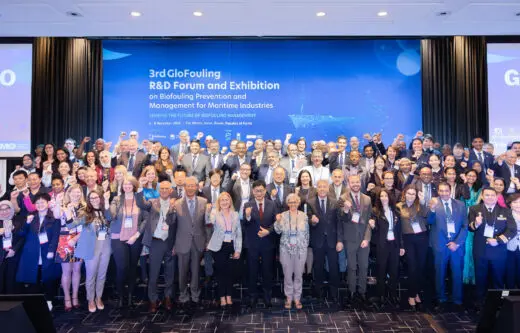
Innovative Solutions and Global Collaboration: Highlights from the 3rd GloFouling R&D Forum in Busan
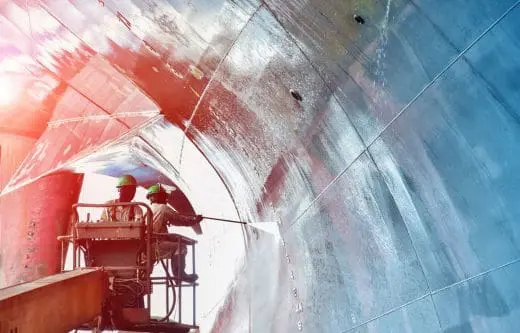
Take aways from IMarEST Biosecurity Symposium 2024
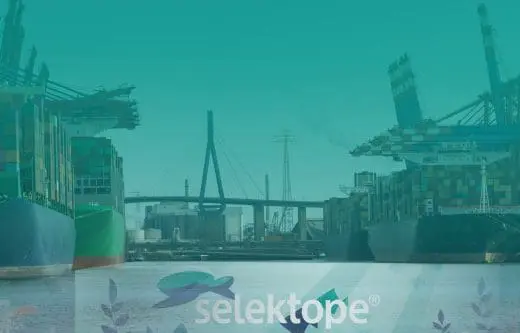
Navigating innovation for smooth sailing: A recap of SMM 2024
